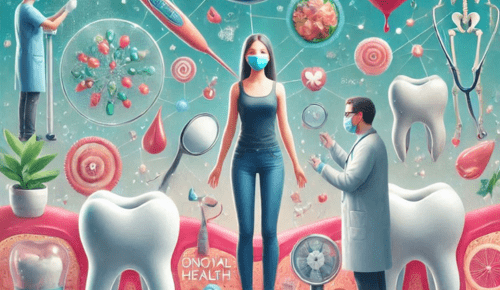Primary care providers play a vital role in eye health. They help catch early signs of problems like glaucoma or cataracts. Routine visits mean potential issues get flagged early. Early detection leads to better outcomes. In the area of middletown mental health, there is often overlap with eye care, as stress can affect vision. Primary care providers act as the first line of defense, ensuring overall well-being, including eye health.
Understanding Eye Health Basics
Eye health is crucial for daily functioning and quality of life. Many common eye problems can be managed effectively when detected early. Conditions such as refractive errors, dry eye, and age-related issues like macular degeneration can often be handled by primary care providers. They can identify symptoms and refer patients to specialists when necessary.
The Importance of Routine Check-Ups
Regular visits to a primary care provider are essential for maintaining eye health. These check-ups are not just about vision correction. They are also about preventing disease and managing any ongoing issues. The CDC stresses the importance of regular eye exams for early detection, which is a crucial step in preventing vision loss.
Common Eye Conditions Detected Early
Primary care providers can identify a range of eye conditions. Here are three common issues:
- Glaucoma: Often without early symptoms, this condition can lead to blindness if untreated.
- Cataracts: Clouding of the lens, leading to decreased vision, mostly in older adults.
- Diabetic Retinopathy: A complication of diabetes, affecting blood vessels in the retina.
How Stress Affects Vision
Stress is a factor that can impact vision significantly. Many do not realize the connection between mental health and eye health. Stress can lead to eye strain, and blurred vision, and even contribute to conditions like glaucoma. Addressing mental health concerns can have a positive effect on eye health.
Comparing Eye Care Providers
Primary care providers serve as a gateway to more specialized care. Here is a basic comparison of where they fit in the eye care spectrum:
| Provider Type | Role | When to Visit |
| Primary Care Provider | Initial assessment, routine check-ups, early detection | Annual or biannual visits |
| Optometrist | Eye exams, vision testing, prescription lenses | When experiencing vision changes |
| Ophthalmologist | Surgical care, treatment of serious eye conditions | Referral from other providers |
The Role of Technology in Eye Health
Advancements in technology have improved the way primary care providers can assess and manage eye health. Tools like digital retinal imaging allow for more accurate and earlier detection of conditions. This technology aids in better monitoring and provides a complete view of a patient’s eye health over time.
Preventive Measures and Lifestyle
Taking care of eye health also involves lifestyle choices. Eating a balanced diet rich in vitamins and minerals, wearing sunglasses to protect from UV rays, and taking regular breaks from screen time are simple yet effective strategies. Primary care providers can guide patients on these preventive measures, ensuring long-term eye health.
Conclusion
In conclusion, primary care providers are pivotal in maintaining eye health. They offer a comprehensive approach to care, addressing both physical and mental health aspects. By working closely with optometrists and ophthalmologists, they ensure that eye conditions are managed effectively. For a holistic approach to eye health, regular visits to a primary care provider are essential. For more information, visit trusted resources like The National Eye Institute.




